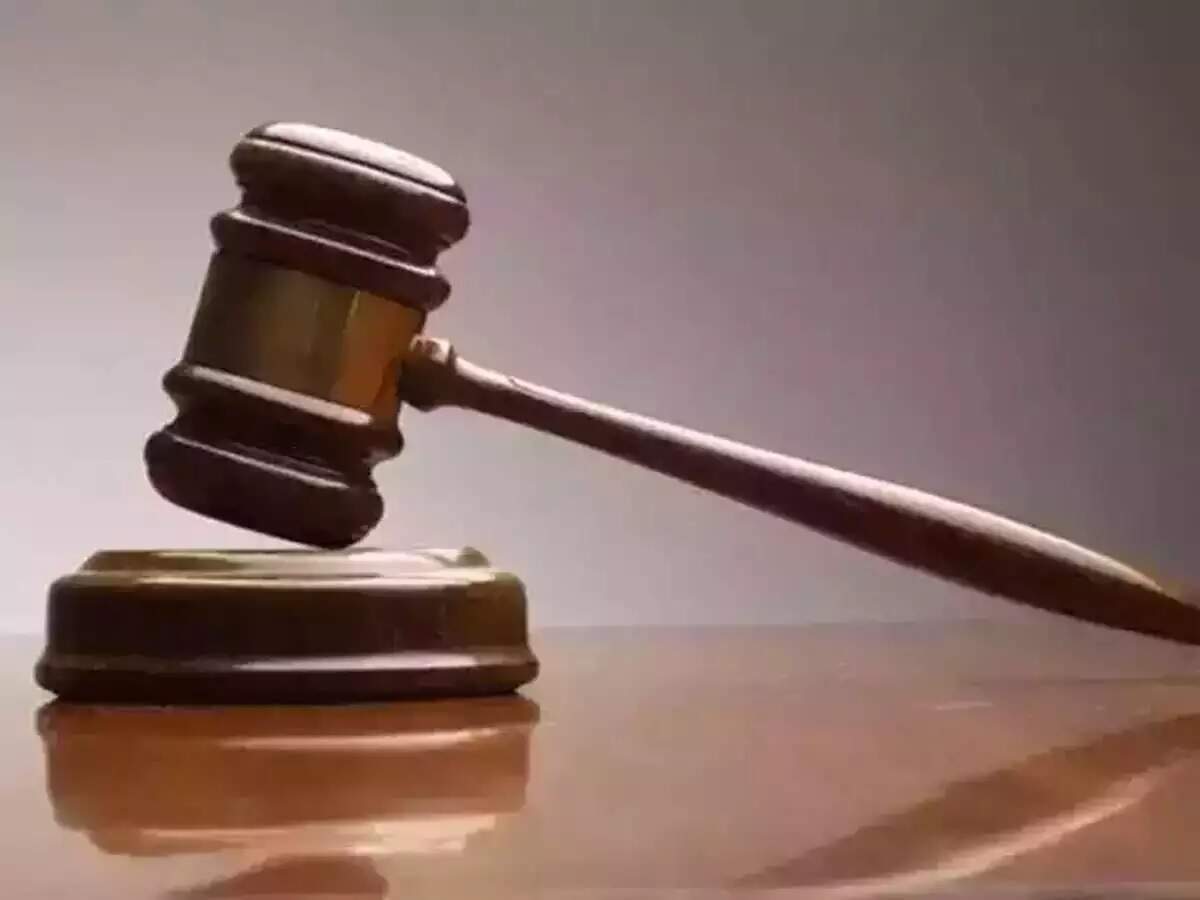City Union Bank hopes to maintain better asset quality in FY22 amid second wave blues
[ad_1]
Read More/Less
Leading old private sector lender City Union Bank hopes that FY22 will not be as bad as FY21 and credit growth this fiscal for the bank could be in the mid- to high-single digit if the economic environment and Covid second wave behaved like last year.
“Though the impact of the second wave is much higher in terms of infection and mortality, its impact on bank’s growth and other parameters may not be as bad as it saw in the first wave. I do not say that we will be seeing milk and honey flowing, but it looks like now things are not as bad as the same time last year,” N Kamakodi, Managing Director & CEO, told the Q4FY21 earnings conference call.
The bank’s credit growth in first wave hit-FY21 was 7 per cent and the slippage ratio to closing advances was at 3.01%.
He said the adverse impact of the second wave on the growth and slippages would definitely be there, but it may not be as bad as the first wave. FY21 almost ended like what we thought during the beginning of the year, and we hope FY22 will not be as bad FY21. It should be slightly better, he added.
At the same time, the total lockdown in three States particularly in Tamil Nadu where CUB has the bulk of its operations, the collection efforts are dampened and some impact on the collections are there. There are no property sale transactions as government registration departments are closed. Hence, the bank expects to see some spike, but overall slippages will be slightly better than FY21.
“We expect even though for the year as a whole the slippage may be slightly lower than whatever we saw in FY21, the slippages could be front loaded may be in the first one or two quarters and we will be seeing things getting eased up once the lockdown is removed,” Kamakodi said.
The bank expects its gross and net NPA to be lower than FY21 amid some quarterly spikes.
ECLGS scheme
In FY21, the major credit growth came from jewel loan and extension of facility to ECLGS scheme. Of the ECLGS scheme under ECLGS 1, 2, and 3, it disbursed ₹2,096 crore for an exposure of about ₹10,445 crore constituting about 5.63 per cent of the advances.
“We expect a further sanction of about ₹200 crore from ECLGS 3.0 scheme. The government guaranteed ECLGS scheme 1, 2 and 3, in fact most of the credit of MSMEs and also non-MSME sector and businesses have started generating surplus. This has also resulted in improving capital adequacy ratio as the disbursement to the ECLGS scheme attracts no risk weight and is guaranteed by the government,” said Kamakodi.
The total restructured portfolio for MSME account on March 31, 2021 stood at ₹1,849 crore and overall percentage restructured account constituted about 4.99 per cent.
[ad_2]

